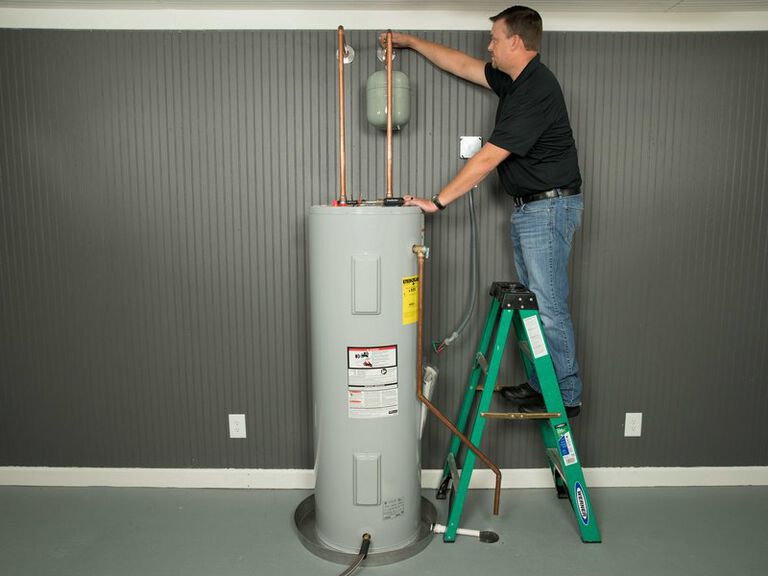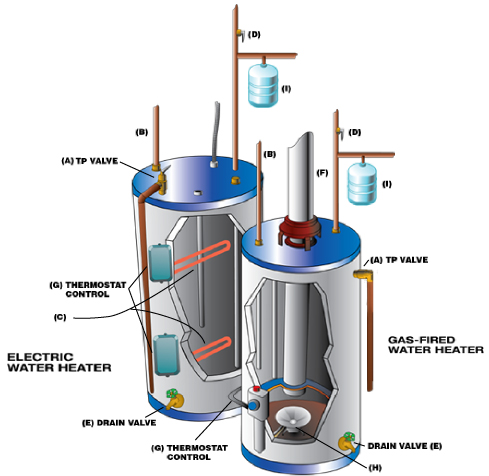DIY Hot Water Heater Installment: Crucial Steps for Success
When thinking about a DIY water heating unit installation, it is important to come close to the job with a methodical way of thinking, as the procedure includes numerous essential actions that can substantially impact both safety and efficiency. Picking the proper water heater for your certain demands is just the start; preparing the setup area and understanding the essential tools and materials are equally essential.
Selecting the Right Water Heater
When picking a hot water heater, it is necessary to consider numerous essential aspects to ensure ideal efficiency and efficiency - water heater installation Buena Park. Firstly, examine the kind of water heater that ideal suits your requirements. Options consist of tankless, storage tank, and heatpump water heating systems, each offering unique benefits in terms of energy efficiency and space needs
A larger family may call for an unit with a better gallon ability or a tankless system that can provide continuous hot water. Each energy type has implications for installation costs and long-lasting energy expenses.
Energy efficiency is another important element. Search for units with a high Energy Aspect (EF) score, as these designs take in less energy and can dramatically decrease energy costs. Additionally, check for guarantees and brand name dependability, as these can indicate the longevity and maintenance requirements of the unit. By thoroughly examining these elements, you can choose a hot water heater that aligns with your home's particular needs, ensuring convenience and effectiveness for several years to find.
Devices and Materials Needed
Successfully mounting a hot water heater requires not only the best choice of system however likewise the appropriate devices and products. Before embarking on your do it yourself task, ensure you have a comprehensive listing of things to facilitate a smooth setup process.
Necessary devices include a pipeline wrench, adjustable pliers, and a screwdriver collection (both flathead and Phillips), which will help you take care of various installations and links. In addition, a drill with suitable bits is necessary for installing brackets or making any kind of needed holes. For security, a voltage tester is important, specifically when dealing with electrical hot water heater.
You will likewise need a flexible water supply line, which can be either knotted stainless steel or PVC, depending on your preferences and regional codes. By collecting these tools and materials ahead of time, you established the stage for an effective water heating unit setup.
Preparing for Installment
Prior to beginning the setup of your water heating unit, it is vital to evaluate the installment site to ensure it meets all needed needs. Beginning by confirming that the area is well-ventilated, specifically for gas water heating units, to avoid the accumulation of hazardous gases. Look for the accessibility of needed connections, consisting of water system lines and electric outlets, guaranteeing they are in excellent problem and properly situated.

This positive strategy not only guarantees conformity with local structure codes however also enhances the durability and effectiveness of the water heating unit. Appropriate preparation establishes the phase for a smooth installment process and helps stop unanticipated problems.
Step-by-Step Installation Process
With the preparation complete and all needed evaluations carried out, the following stage entails the detailed installation of your water heating system. For tank-type water heaters, connect the chilly water supply line to the inlet, usually marked in blue, and the hot water line to the outlet, usually assigned in red.
Next, secure the temperature level and pressure safety valve, which is important for safety and security. Attach the discharge pipeline to this shutoff, guiding it in the direction of the floor or an ideal drainage area. For electric versions, attach the power supply by stripping the wires and safeguarding them to the heater's terminals address according to the manufacturer's directions.
If you are installing a gas hot water heater, make certain the gas line is linked correctly and inspect for leaks using a soap solution. Besides links are made, fill up the container with water before activating the power or gas supply. Enable the water heater to get to the preferred temperature level and check for any leaks around all connections.
Ensuring Security and Efficiency
Regularly making sure safety and security and efficiency during the setup and operation of your hot water heater is crucial for ideal performance and longevity. Begin by choosing an appropriate location that adheres to local building regulations and offers ample ventilation. Ensure that the location is without flammable products and has enough room for maintenance and assessments.

After installment, conduct routine examine the system to find leaks, rust, or unusual noises. Set the thermostat to a safe temperature level, generally around 120 ° F, to avoid scalding and enhance energy performance. Shield pipelines to minimize warmth loss, which adds to decrease power bills.
Final Thought
In final thought, effective Do it yourself water heating system installation hinges on mindful preparation and execution. Picking the appropriate water heating unit, preparing the installation area, and complying with a methodical setup process are vital steps.
When considering a DIY water heater installment, it is necessary to come close to the task with a methodical way visit their website of thinking, as the process entails several vital actions that can dramatically influence both safety and security and performance.Prior to starting the installment of your water heating system, it is crucial to examine the setup site to guarantee it fulfills all necessary requirements. For tank-type water heating systems, connect the cold water supply line to the inlet, typically noted in blue, and the warm water line to the outlet, generally designated in red.Consistently making sure safety and effectiveness during the setup and operation of your water heating unit is vital for optimal performance and long life. Choosing the ideal water heater, preparing the setup location, and adhering to a systematic setup process are important actions.